According to the EPA, recycling can contribute to resource conservation, trash reduction, pollution prevention, energy conservation, employment creation, and environmental sustainability for future generations. Economic logic also supports recycling. To start, recycling plastic bottles in Australia generated an estimated $730 million in 2014! Recycling enables us to continue utilizing limited resources while also increasing local income and preserving local recycling jobs.
DIY projects are a great way to save money and lessen your impact on the environment. Recycling plastics is crucial for this reason.
Uncertain where to begin for recycling? We got your back. We’re giving you the complete information on how to recycle, reuse, and repurpose plastic things because there are so many easy and inventive methods to do it!
The process of recovering and repurposing discarded or recycled into a valuable product is referred to as plastic recycling. Recycling is crucial in efforts to minimize the amount of plastic and other solid waste in the environment because plastic is not biodegradable.
Process of Plastic Recycling
-
The following is a step by step process of plastic recycling:
Collecting
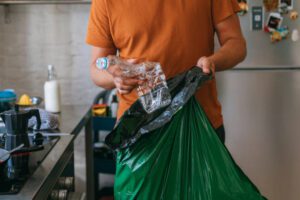 (Photo from istock)
(Photo from istock)
For instance, plastics come in a variety of shapes and sizes, including plastic bottles, glasses, bags, packaging materials, and big industrial plastics, to mention a few. Because of their availability and existence, there are collection centre’s, and some entrepreneurs have entered the plastic collection industry as a source of income.
Many tons of used plastic are collected, transported to a recycling yard, and then loaded into facilities that process plastics. Sadly, not all nations have the ability to recycle. In actuality, relatively few impoverished nations are able to recycle. This indicates that plastic trash is a significant problem in some international locations.
Sorting to recycle plastic
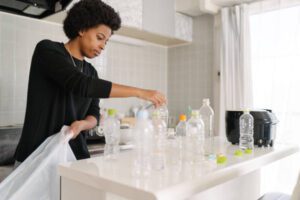 (Photo from istock)
(Photo from istock)
Sorting various plastic items according to their color and resin content is the first step in the real recycling process. The technique is frequently used to make sure that all contaminants are removed. The plastics are sorted according to the resin type using specialized equipment. The recycling facility then arranges the plastic scrap according to symbols at the bottom of the plastics.
Rubbing
The plastics are then broken up into small chunks or pieces after being sorted. Following that, the containers and plastic bottles are pulverized and reduced to powder or flakes. Employing a particular machine to separate the heavier and lighter plastic flakes is efficient. The separation procedure aids in preventing the mixing or joining of various plastics in the finished product. Please be aware that different goods are produced using different polymers.
Clean-up
Following a thorough separation, the flakes or chunks are subsequently cleaned with detergents to get rid of any leftover contamination. Following washing, the clean flakes are run through specialized machinery to further separate the various types of plastic resins. Next, a moderate heat is used to dry the plastic flakes.
The Fusion
The flakes that are dry melt. Both melting and moulding into a new form as well as melting and processing into granules are options. At controlled temperatures, fusion takes place. Modern plastic melting technology exists without causing damage to the materials.
Create pellets to recycle plastic
The plastic fragments are first crushed into tiny pellets called nurdles during the melting process. The pellets can either be recycled into new plastic products or used again in this environment. It’s crucial to keep in mind that recycled plastics are infrequently used to create new plastic products or restore their original shape. Plastics are shipped in this pellet form to plastics companies where they are redesigned and used to create various practical plastic items.
TIP: Recycling programmes differ across the nation, so make sure to check with your neighbourhood recycling facility to learn what materials are permitted there.
-
Easy Ways to Start Recycling plastic at Home
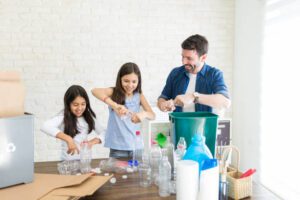 (Photo from istock)
(Photo from istock)
You’ll most likely require specialist equipment to make the most of recycling plastic. But, this does not preclude you from contributing to the recycling process in any way. Here are some easy recycling ideas you and your family can use to streamline the recycling process in your home:
- Get knowledgeable: Study up on different sorts of plastics. Study its features and wait for inspiration to strike;
- Go online for inspiration. There are a ton of places where you can learn what to do with waste. The majority would involve decorating. Yet, some of them will even show you how to use the items you’d be using on a daily basis;
- Every craft supply, including scissors, glue, and other materials, would probably be needed. You can perform at your best if you enjoy yourself while doing it. Make sure you have ample free time and resources to work with;
- Have fun teaching your family how to determine whether an object is recyclable. Make a creative map or list, and put it next to the cans for recycling and trash.
Further steps:
- Alternatively, just get rid of your garbage. If you don’t recycle plastics at home, you may still get the benefits by simply sorting your garbage and keeping your plastic waste in one location.
- Carry your own bag or a backpack when you leave the house. avoid using this method to obtain a plastic bag;
- If you already have a lot of plastic bags at home, use them once again for your subsequent supermarket run or for anything else. Using them as litter bags is a clever idea;
- If your local store has recycling bins, bring all of your bags there.
- Rinse bottles. As long as you don’t take action, make sure the bottle is fully cleaned.
- Break the bottles to progress more quickly.
- If you pack your bottles creatively while recycling them, you can transform them into useful items.
References:
Dirt2 Tidy
Worried with water pollution, want to lessen its hazardous effects? What are you waiting for!, click on the link below:
How to Lessen Water Pollution

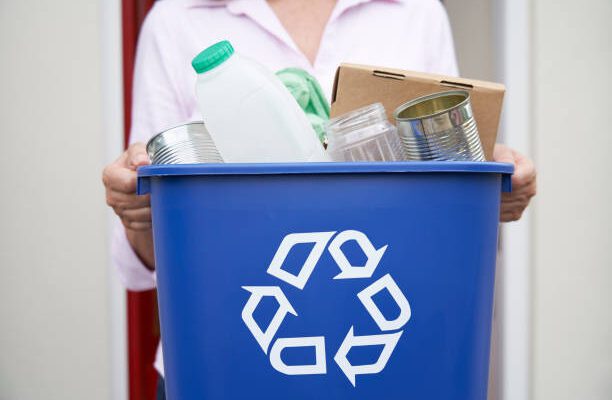
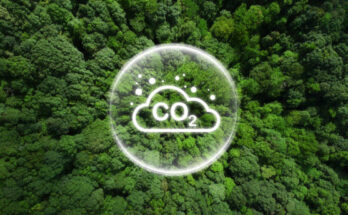
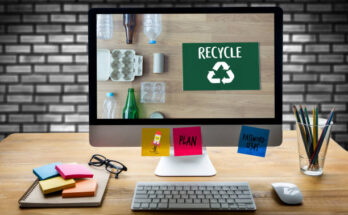

One Comment on “How to recycle plastic at home”